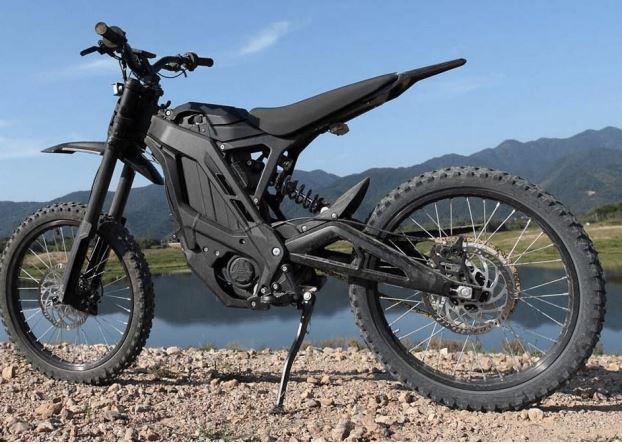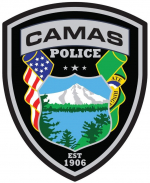Public Service Announcement Electric Motorcycles
Please Know the Difference Between Electric-Assisted Bicycles and Electric Motorcycles
With so many different options now on the market, it’s especially important to understand the key differences between bicycles and motorcycles. The Camas Police Department wants all riders to be safe and avoid costly infractions.
The Revised Code of Washington (RCW) clearly defines the differences between a bicycle, an electric-assisted bicycle, and a motorcycle (Title 46 Chapter 46.04).
46.04.071 "Bicycle"means every device propelled solely by human power, or an electric[1]assisted bicycle as defined in RCW 46.04.169, upon which a person or persons may ride, having two tandem wheels either of which is sixteen inches or more in diameter, or three wheels, any one of which is twenty inches or more in diameter.
46.04.169 "Electric-assisted bicycle" means a bicycle with two or three wheels, a saddle, fully operative pedals for human propulsion, and an electric motor. The electric-assisted bicycle's electric motor must have a power output of no more than seven hundred fifty watts. The electric[1]assisted bicycle must meet the requirements of one of the following three classifications: (1) "Class 1 electric-assisted bicycle" means an electric-assisted bicycle in which the motor provides assistance only when the rider is pedaling and ceases to provide assistance when the bicycle reaches the speed of twenty miles per hour; (2) "Class 2 electric-assisted bicycle" means an electric-assisted bicycle in which the motor may be used exclusively to propel the bicycle and is not capable of providing assistance when the bicycle reaches the speed of twenty miles per hour; or (3) "Class 3 electric-assisted bicycle" means an electric-assisted bicycle in which the motor provides assistance only when the rider is pedaling and ceases to provide assistance when the bicycle reaches the speed of twenty-eight miles per hour and is equipped with a speedometer.
46.04.330 "Motorcycle" means a motor vehicle designed to travel on not more than three wheels, not including any stabilizing conversion kits, on which the driver: (1) Rides on a seat or saddle and the motor vehicle is designed to be steered with a handlebar; or (2) Rides on a seat in a partially or completely enclosed seating area that is equipped with safety belts and the motor vehicle is designed to be steered with a steering wheel. "Motorcycle" excludes a farm tractor, a power wheelchair, an electric personal assistive mobility device, a motorized foot scooter, an electric-assisted bicycle, and a moped.
In short, bicycles have pedals. Washington State Law (a.k.a. RCW) defines three classes of electric[1]assisted bicycles. Electric-assist bicycles have a maximum speed of 20 mph (when pedals are not being used), or with the use of pedals the maximum speed is 28 mph.
The vehicle in the image is an example of an electric motorcycle, not a bicycle. A motorcycle is only powered by a motor, regardless of whether the motor is battery powered or powered by fuel. A motorcycle does not have pedals. Foot pegs are not pedals.

This electric motorcycle is not legal to ride on any street and/or sidewalk in Washington State, as it lacks many required safety features. Please be aware that all motorcycle riders are required to have a state permit (eligibility starts at age 16), or endorsement (must be 18 or older). The laws pertaining to the required safety equipment and licensing requirements for motorcycles can be found inside the Revised Code of Washington (RCWs).
Also, as a reminder Camas Municipal Code 10.24.070 requires a helmet be worn by all bicyclists who ride in or upon any public area within the City of Camas.


